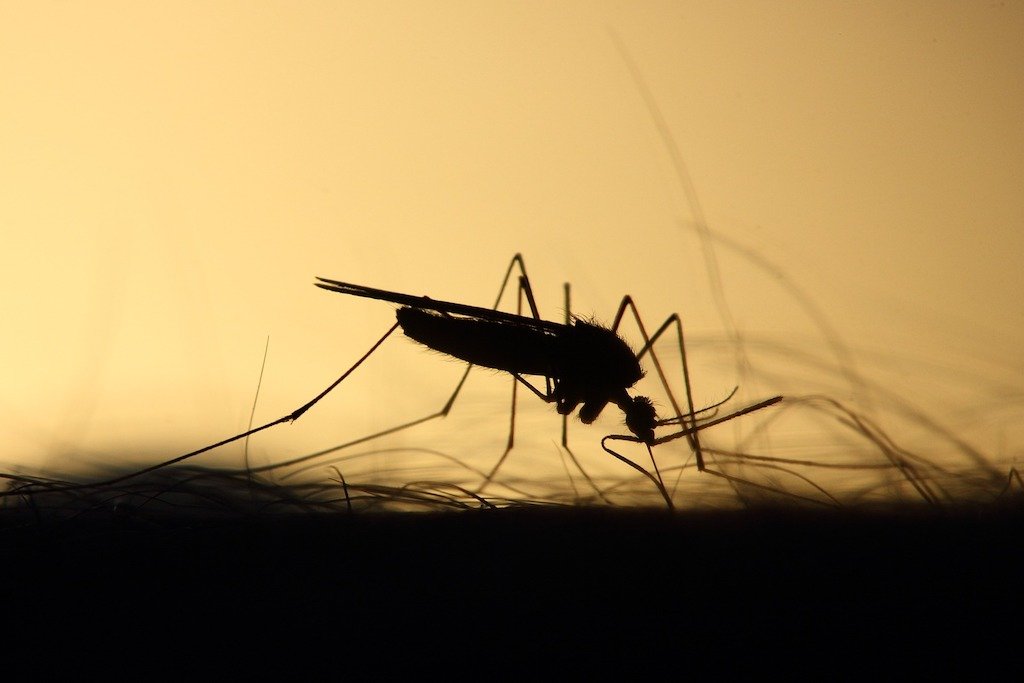Foliar feeding is an effective method to deliver nutrients to plants through their leaves. Applying nutrients directly to the leaves disperses the nutrients throughout the plant more quickly. It’s often used to supplement plants grown in nutrient deficient soil or as a way to complement fertiliser program.
Why: Research has shown foliar feeding is an effective way to enhance plant growth and crop yields.
How: To enjoy the plant nutrient uptake benefits of foliar feeding, first create a nutrient rich solution to spray onto the leaves. Successful farming programs note that the best results happen when spraying anywhere from 1/2 gallon to 5 gallons of the solution per acre per week. To create the solution, mix a 3-5% solution of microbial inoculate such as EM along with a 2-5% nutrient solution. For natural fertilisers, feel free to use the higher density EM solution, but with traditional fertilisers, use a lower potency solution. Load up the solution in a spray rig or sprayer, depending on your preference and crop selection. Spray leaves until they are glistening with the solution, but not so much that they are dripping wet.
When: It’s advised to conduct foliar feeding when it’s humid outside. This helps open up the stomata, the pores of the leaves, so that they are ready to drink up the nutrient-rich solution. Additionally, stomata tend to open up during daylight hours and cooler temperatures; therefore, it’s advised to foliar feed in the evening or early dawn to have a balance between light, temperature and humidity. Stomata also open when conducting photosynthesis, so assessing CO2 levels which indicate photosynthesis can help determine additional stomata opening opportunities. C3 photosynthesis is the most common photosynthesis process and the plants employing this type of photosynthesis open their stoma during light and high humidity; however, individual plants vary and a stoma opens in response to ever changing climate conditions. Research your crops to figure out their stomata opening tendencies. Figure out the best times for you and your crops so that you can fully benefit from foliar feeding.
Foliar feeding successfully distributes nutrients throughout a plant, but should be used in conjunction with a solid soil conditioning program. EM helps nourish your soil to produce healthy plants and can double as a foliar feeding solution.
For more information please contact us here at EMNZ.
Source link












